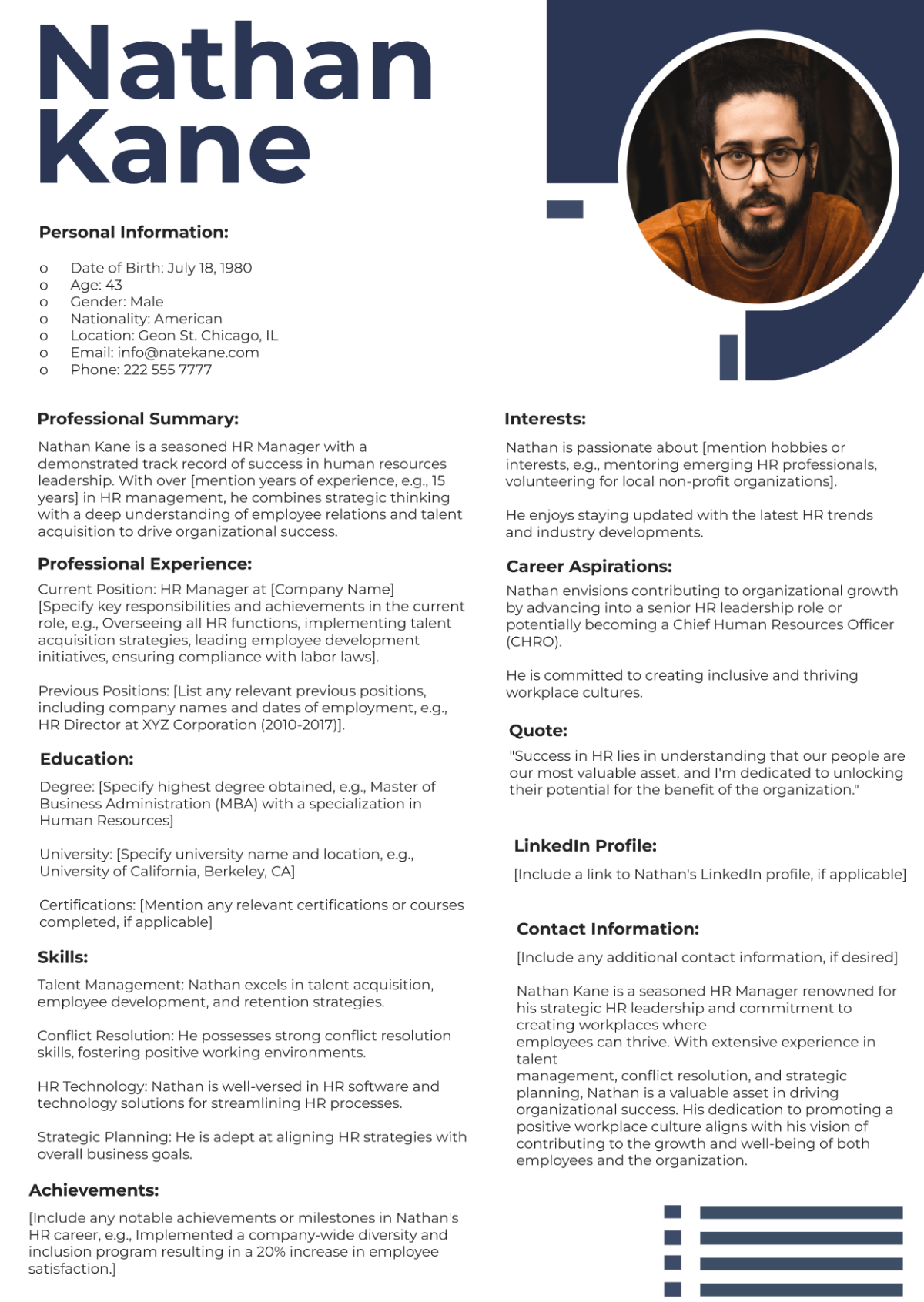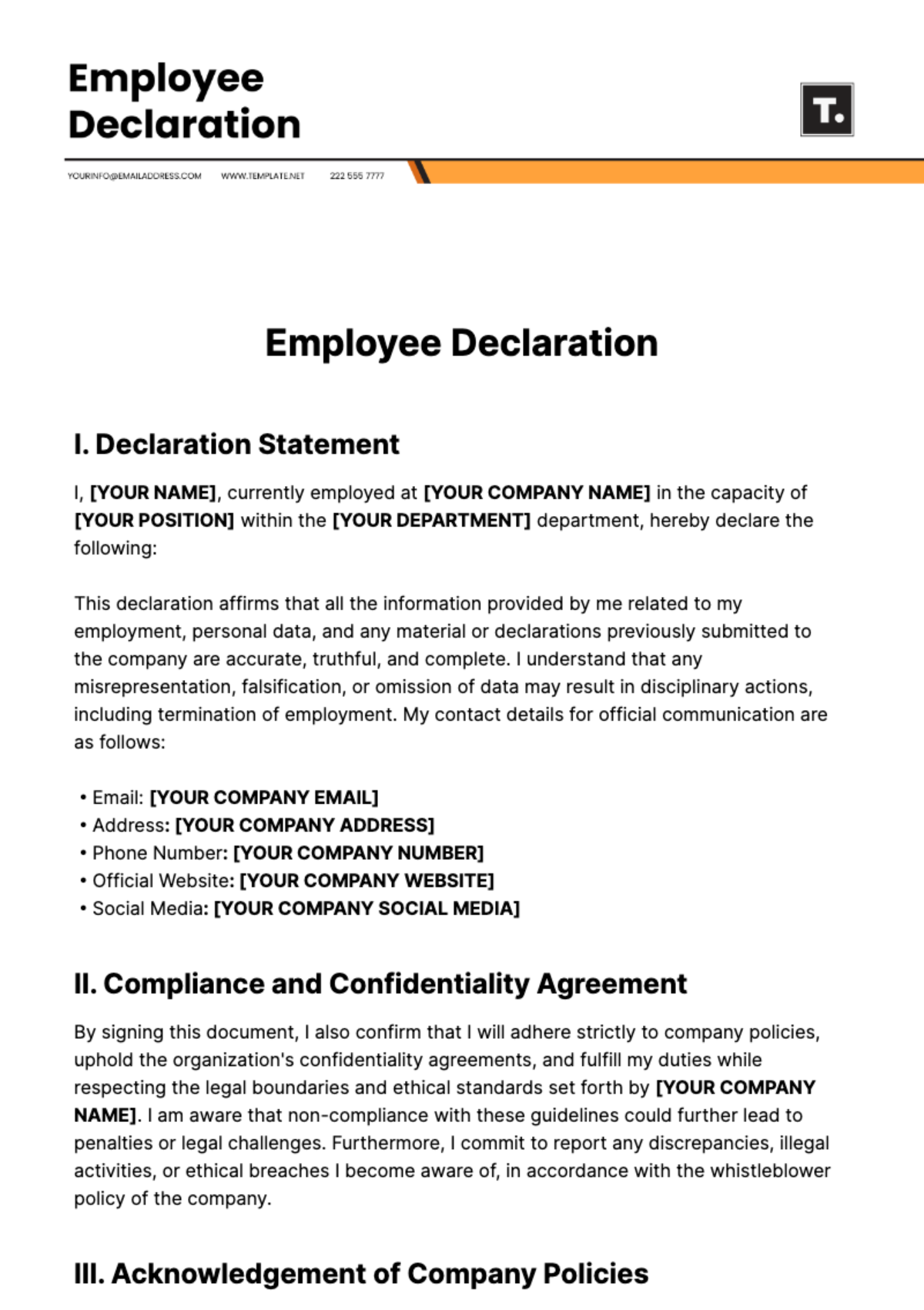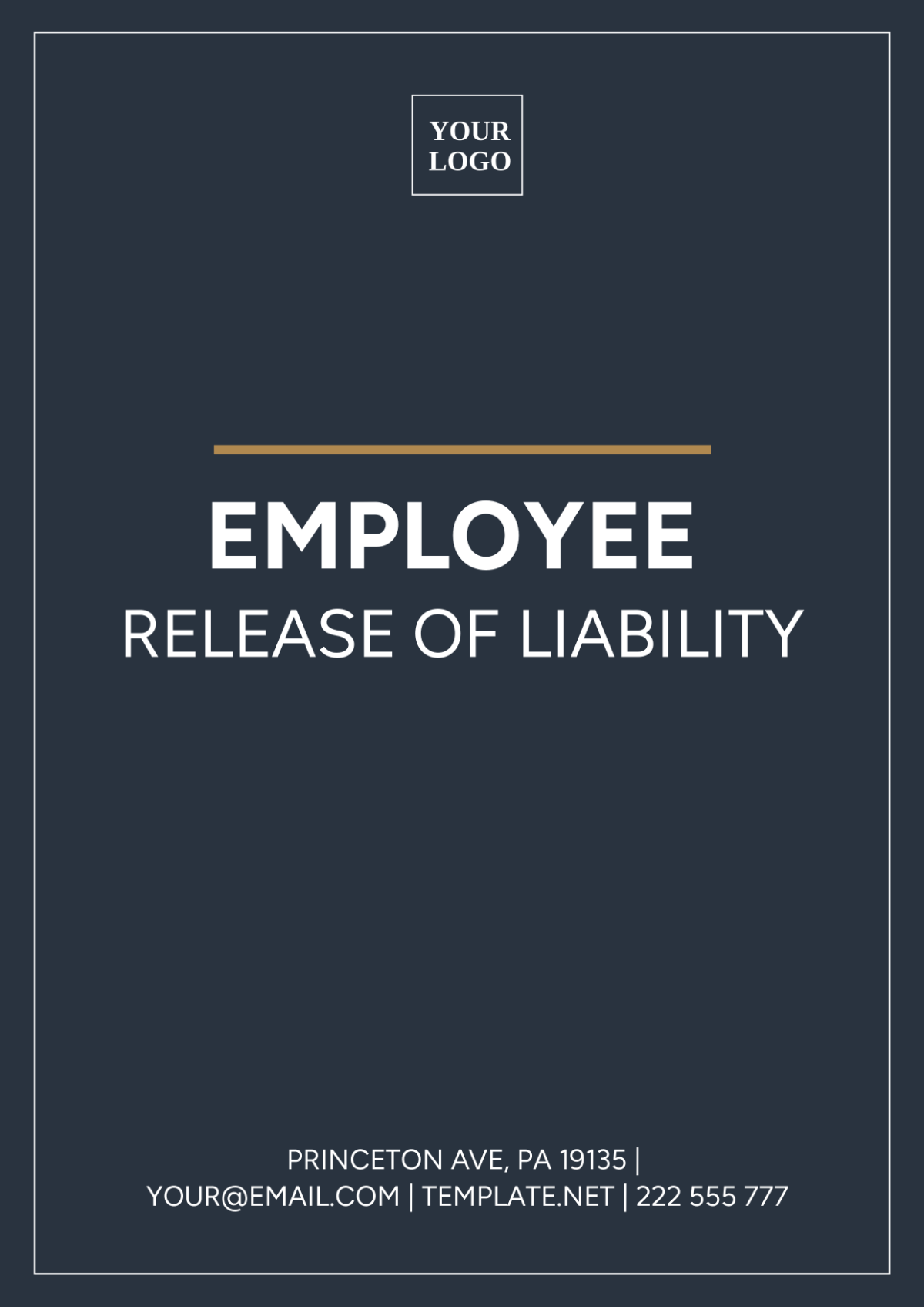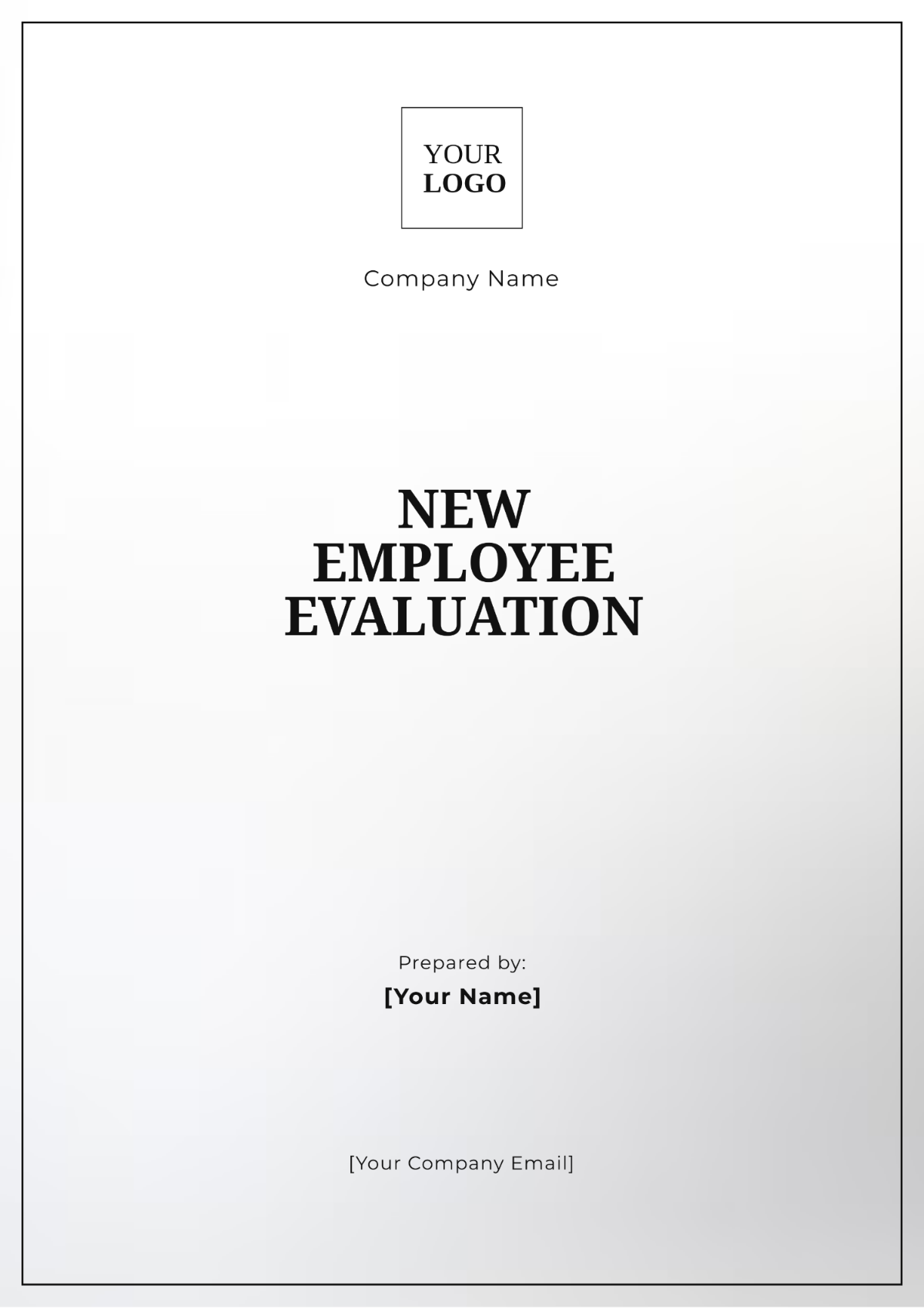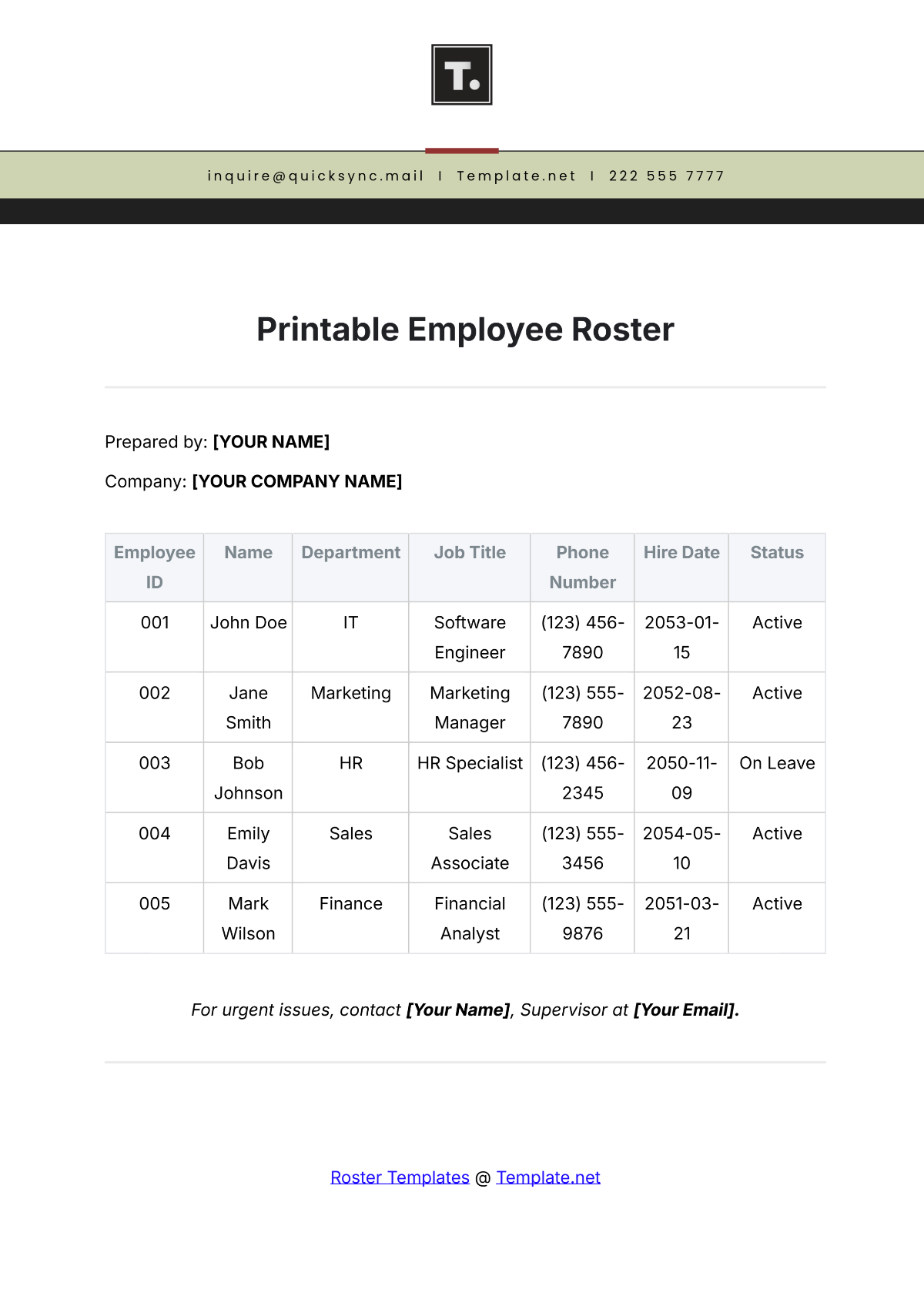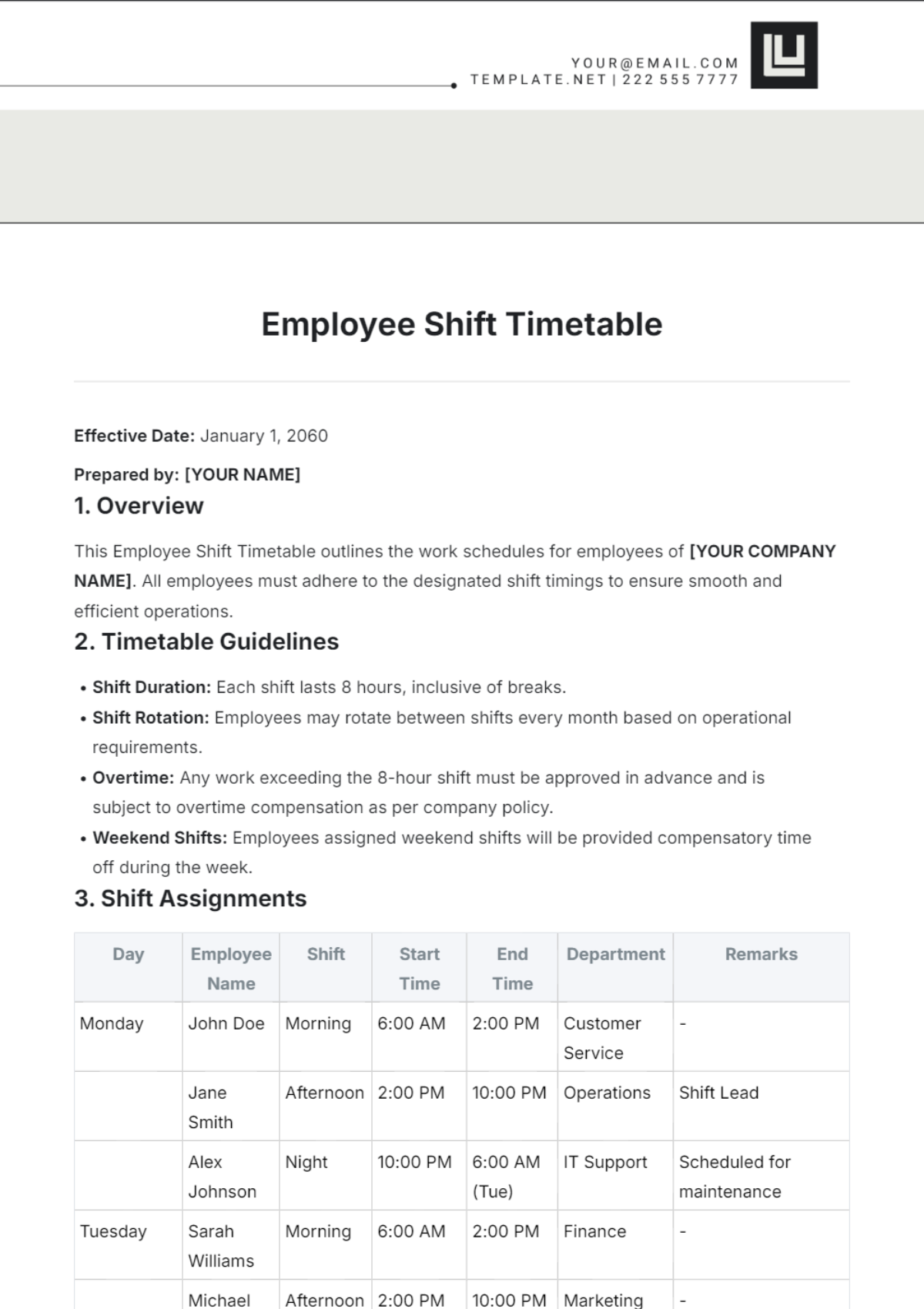Comprehensive Research on Employee Satisfaction and Feedback
INTRODUCTION
Background
[Your Company Name] has always strived for a dynamic and positive work environment. In an attempt to measure and improve employee satisfaction, the Human Resources department has initiated this research project.
Objectives
The primary goal of this research is to garner a deep understanding of the current employee satisfaction landscape at [Your Company Name]. The metrics and feedback we collect will serve as a benchmark for future improvements. Our focus areas include communication, work-life balance, compensation, and career advancement within the organization. The insights drawn from this research will form the foundation for actionable recommendations aimed at enhancing the overall work experience for all employees.
To measure the level of employee satisfaction at [Your Company Name]: We aim to provide a quantitative overview of employee satisfaction through the use of surveys, interviews, and focus groups.
To understand employee perspectives on key focus areas: These areas include communication efficiency, work-life balance, compensation fairness, and opportunities for career advancement. We intend to dissect these elements to understand their impact on overall employee satisfaction.
To provide recommendations for improving employee satisfaction: Based on the data collected and analyzed, we will offer informed recommendations for strategic changes or improvements aimed at enhancing employee satisfaction at [Your Company Name].
Scope
The research encompasses a comprehensive examination of the employee environment at [Your Company Name], covering all departments, roles, and levels of seniority. Specifically, we will focus on:
All Job Positions: From entry-level to senior management, the research aims to gather data that reflects the sentiments of the entire workforce.
Multiple Locations: If [Company Name] operates in multiple locations or has remote employees, the research will also aim to capture location-specific variations in employee satisfaction.
Temporal Factors: The study will also take into account any seasonal or time-bound factors that may affect employee satisfaction, like end-of-year stress or busy periods.
Demographic Factors: Age, gender, and tenure within the company will be considered to identify any patterns or trends in employee satisfaction across different demographic groups.
By having such an extensive scope, the research aims to provide a well-rounded view of employee satisfaction, enabling [Your Company Name] to make data-driven decisions for future improvements.
METHODOLOGY
Research Design
The research was carried out over a period of two months, employing a mixed-methods approach that incorporated both qualitative and quantitative research methods. This design was chosen to provide a comprehensive understanding of employee satisfaction at [Your Company Name].
Qualitative Research: The qualitative portion included one-on-one interviews and focus groups. These methods helped capture nuanced opinions and attitudes that may not be effectively gleaned from quantitative data alone.
Quantitative Research: Online surveys provided measurable and statistical data, giving a broad overview of employee sentiment across the company.
Data Collection Methods
Online Surveys: A structured questionnaire was administered online, consisting of Likert scale questions, multiple-choice questions, and open-ended questions. The survey link was distributed via [Your Company Email] and was open for a period of two weeks.
Software Used: SurveyMonkey/Google Forms
Estimated Reach: Targeting all employees
Duration: [x] weeks
One-on-One Interviews: Semi-structured interviews were conducted to provide a deeper understanding of individual employee experiences and perspectives.
Selection: Participants were chosen based on department, role, and tenure to ensure diversity.
Duration: Approximately [x] minutes per interview
Conduct: Interviews were conducted either in person or via video conferencing.
Focus Groups: These were small-group discussions that sought to understand collective viewpoints.
Selection: Employees from different departments and levels of seniority were invited.
Duration: About [x] hours
Facilitation: Moderated by a member of the Human Resources Department
Sampling
Random Sampling for Online Surveys: To minimize selection bias, a random sampling technique was employed for the online surveys. This method aimed to provide each employee an equal chance of being included in the study.
Voluntary Sampling for Interviews and Focus Groups: Given the explorative nature of qualitative research, participants for the one-on-one interviews and focus groups were all volunteers. This helped ensure that the participants were genuinely interested and engaged, providing richer data.
By using a robust methodology that combines both qualitative and quantitative methods and diverse sampling techniques, this research aims to produce a holistic understanding of employee satisfaction at [Your Company Name].
EMPLOYEE DEMOGRAPHICS
Understanding the diverse make-up of our employee base is crucial for interpreting the results of this research effectively. The Employee Demographics section aims to provide a snapshot of the workforce at [Your Company Name] in terms of age, gender, job position, tenure, and location. This data offers a contextual framework that helps us analyze the findings on employee satisfaction in relation to various demographic variables. It enables us to identify patterns, trends, or anomalies that could be significant in shaping company policies and strategies for improving employee satisfaction.
By taking into account these demographic factors, we can ensure that our recommendations are not only data-driven but also inclusive, catering to the diverse needs and perspectives within [Your Company Name].
RESEARCH FINDINGS
Overall Satisfaction
The "Research Findings" chapter serves as the core of this research project, where we reveal the synthesized outcomes of our data collection efforts. In this section, we specifically focus on the overarching topic of "Overall Satisfaction," a metric designed to gauge the general sentiment of employees at [Your Company Name] about their work environment and experience.
We have categorized the findings into various levels of satisfaction, such as "Very Happy," "Happy," "Neutral," and "Unhappy," which represent a cumulative score of responses from multiple areas including communication, work-life balance, compensation, and career advancement.
The insights derived from these findings aim to provide a clear, actionable picture of the current state of employee satisfaction. They serve as a guidepost for identifying areas of strength to build upon and pinpointing weaknesses that require immediate attention.
Detailed Findings by Focus Area
In this section, we delve deeper into the individual focus areas that contribute to overall employee satisfaction: Communication, Work-Life Balance, Compensation and Benefits, and Career Advancement. By isolating these specific dimensions, we can offer a more nuanced understanding of what factors are performing well and what needs further improvement. This nuanced data supports the broader findings on overall satisfaction and will be instrumental in shaping the actionable recommendations that follow.
Findings Table
Focus Area | Finding | Percentage of Positive Responses |
Communication | Majority feel that the communication within the company is effective. | N/A (Qualitative Finding) |
By examining these focus areas individually, we are better positioned to understand the components that make up the larger picture of employee satisfaction at [Your Company Name].
RECOMMENDATIONS
Based on the comprehensive research findings, we have identified several areas for improvement that could significantly enhance employee satisfaction at [Your Company Name]. The following recommendations are designed to address specific issues highlighted in the focus areas of Communication, Work-Life Balance, Compensation and Benefits, and Career Advancement. Each recommendation is backed by data and aimed at driving positive change within the organization.
Improve Internal Communication Platforms:
Context: Our qualitative findings suggest that while communication within the company is generally effective, there are opportunities for improvement.
Suggested Actions:
Introduce or update a company-wide intranet where information can be centrally stored and accessed.
Implement weekly or bi-weekly newsletters to keep employees updated on company news, events, and updates.
Train managers in effective communication skills and transparency.
Expected Outcomes:
Improved information flow within the organization.
Higher levels of employee engagement and inclusion.
Reevaluate Compensation and Benefits Annually:
Context: About [x]% of the employees feel that the existing compensation and benefits could be improved.
Suggested Actions:
Conduct an annual market analysis to ensure that compensation and benefits are competitive.
Introduce performance bonuses or other non-monetary benefits like extra vacation days.
Survey employees to determine what benefits they value the most.
Expected Outcomes:
Greater job satisfaction related to compensation.
Lower turnover rates due to improved compensation packages.
Implement Flexible Working Hours:
Context: [x]% of employees are satisfied with their work-life balance, indicating there’s room for further improvement.
Suggested Actions:
Allow employees to choose their start and end times within a defined range.
Implement a "work-from-home" policy where feasible.
Consider a 4-day workweek or compressed work schedules.
Expected Outcomes:
Enhanced work-life balance for employees.
Improved productivity and job satisfaction.
By implementing these recommendations, [Your Company Name] can directly address the primary areas of concern and make strides towards creating a more fulfilling and productive work environment for all employees.
CONCLUSION
The research findings reveal that employees at [Your Company Name] are generally satisfied but see room for improvement in certain areas.







